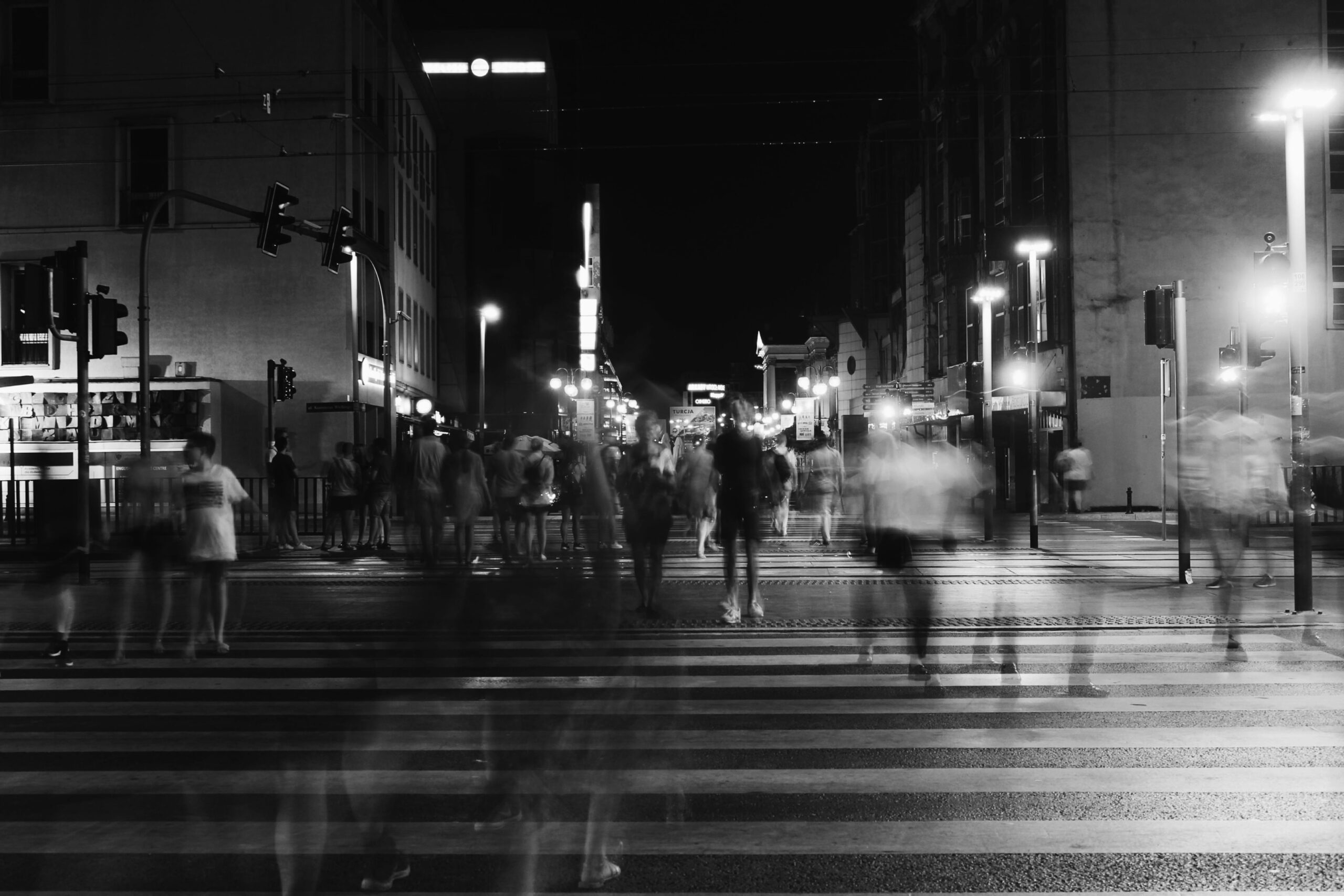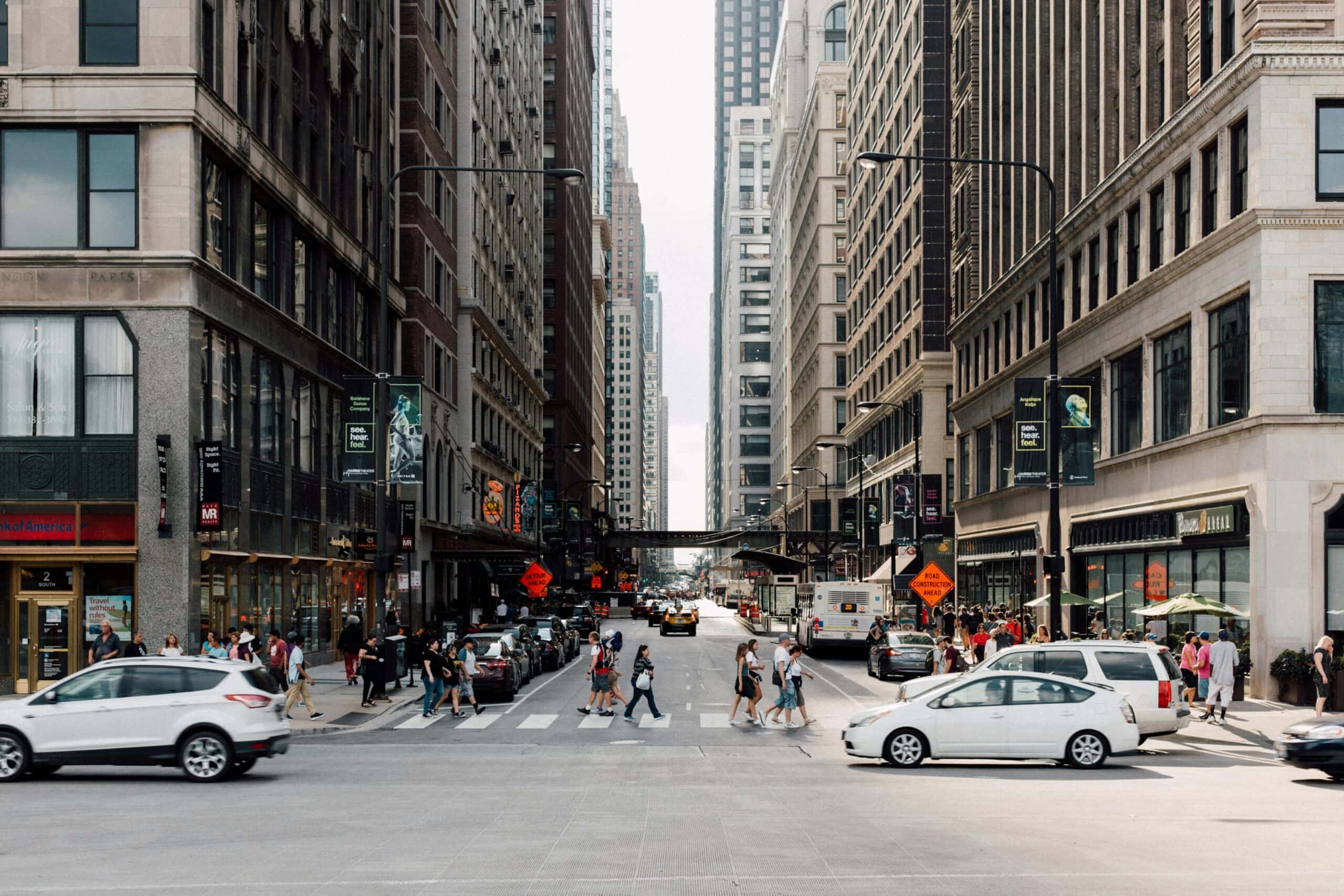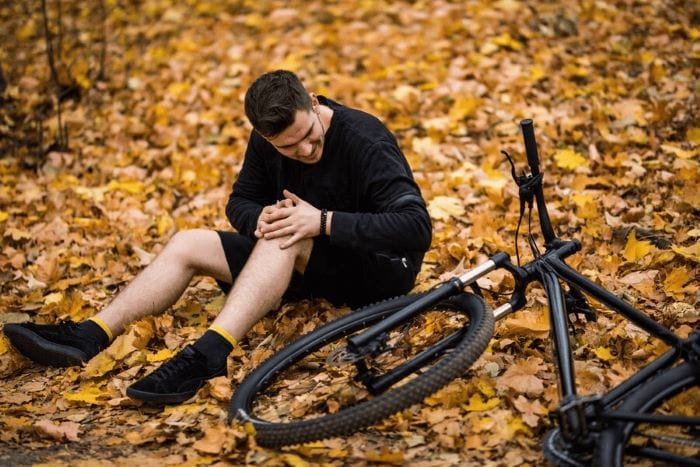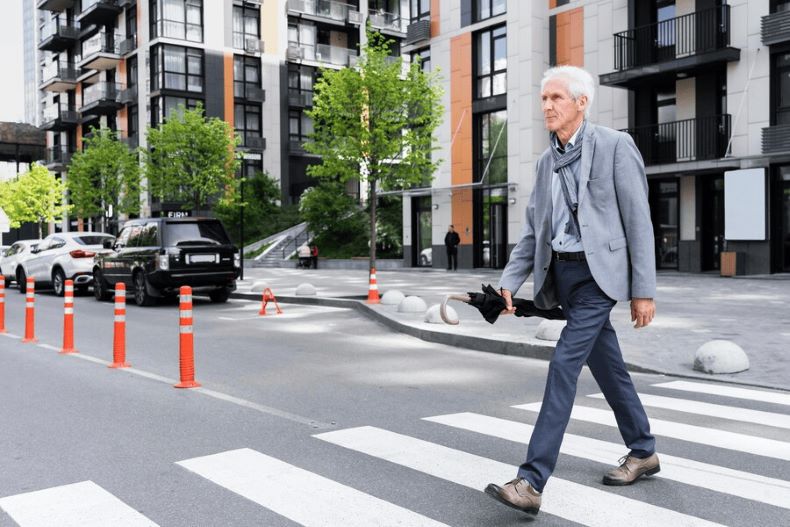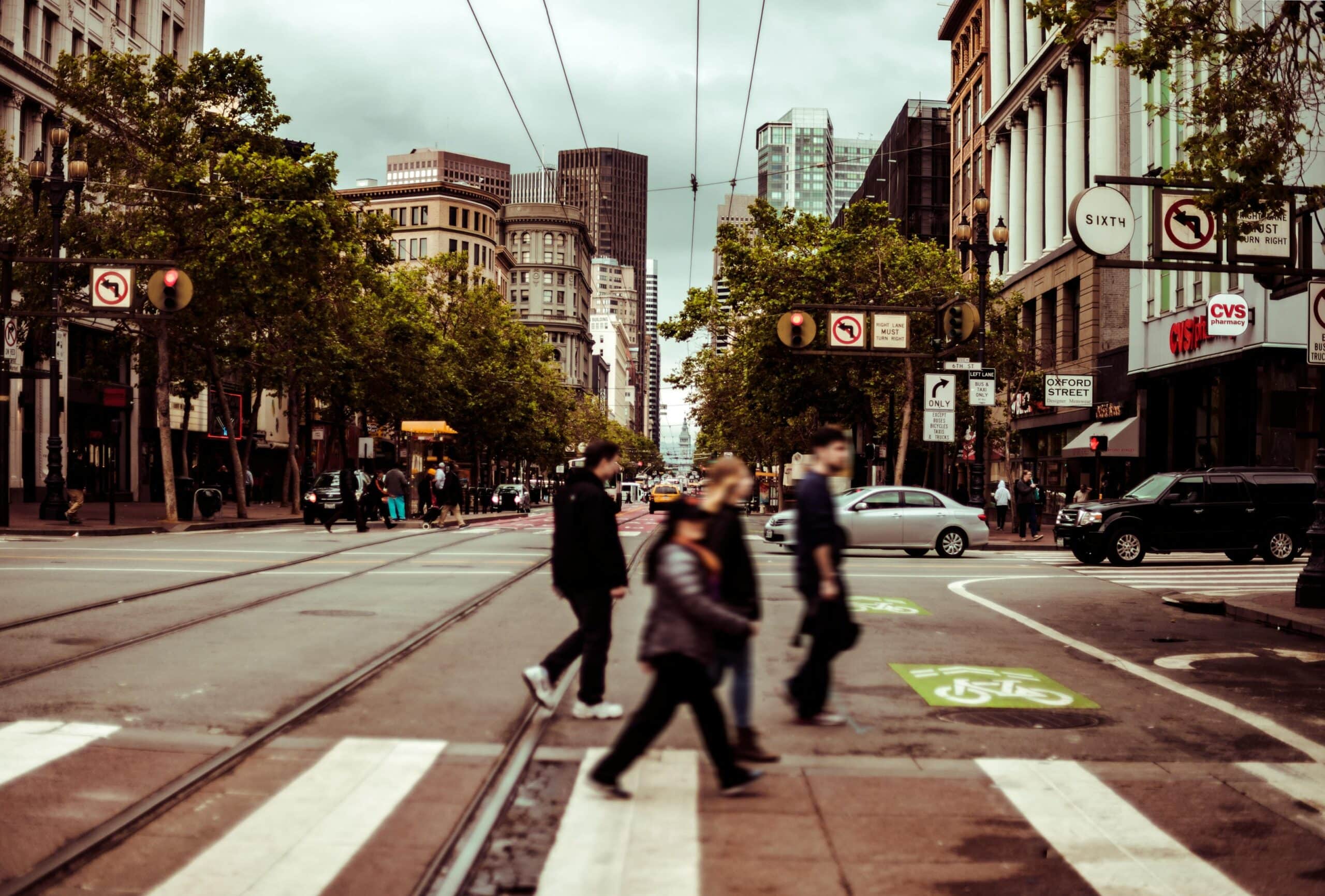
A pedestrian accident can feel like stepping into a storm without warning. One moment you’re walking on the familiar path — the next, you’re caught in a whirlwind of medical bills, pain, and unanswered questions. In such moments, understanding your legal options becomes your only compass. Yet, too often, victims are led astray by common misconceptions about their rights and what comes next.
At Bourassa Law Group, we’ve seen how misinformation can leave victims vulnerable — not only to their injuries but to the insurance industry tactics designed to minimize their claims. Pedestrian accidents happen in seconds, but the road to recovering what you’re owed can take months or even years. Knowing the truth from the start can make all the difference.
If you’re feeling lost after a collision, this guide will help you navigate the most common misconceptions about pedestrian accident lawsuits — and how the law protects your right to seek compensation.
Misconception 1: Pedestrians Always Have the Right of Way
It’s a comforting belief — but not always true. While traffic laws often favor pedestrian safety, they don’t grant pedestrians unlimited protection.
Pedestrians are legally required to:
Cross streets only at marked crosswalks or designated areas when available.
Obey traffic signals, including red lights and “Don’t Walk” signs.
Yield to vehicles when crossing outside marked crosswalks.
If a pedestrian ignores these rules, they may share responsibility for the accident under comparative negligence laws. However, sharing fault doesn’t mean losing your right to compensation entirely. If the driver’s negligence played a larger role — such as speeding or failing to yield — you can still pursue a personal injury claim.
The key lies in proving the driver’s negligence through:
Witness statements
Traffic camera footage
Accident reconstruction experts
Example: Imagine a pedestrian crossing outside a marked crosswalk at dusk. While the pedestrian may share some fault, if the driver was speeding or distracted, the pedestrian could still recover a significant portion of their damages.
Misconception 2: Minor Injuries Aren’t Worth Filing a Claim
Pain doesn’t always show itself in broken bones. Soft tissue injuries like whiplash or muscle strains may seem minor at first but can lead to chronic pain if left untreated.
What many victims don’t realize is that even minor injuries come with hidden costs:
Multiple rounds of physical therapy
Diagnostic tests like MRIs or X-rays
Lost income from missed work days
No matter how small the injury appears, if it disrupts your life or requires medical care, you’re entitled to seek compensation for your medical expenses and suffering.
Misconception 3: Insurance Companies Will Cover All Medical Bills Without a Fight
It’s tempting to believe that insurance companies exist to help victims recover. In reality, they often work to protect their own bottom line.
Insurance adjusters are trained to:
Minimize the severity of injuries
Dispute the need for ongoing medical treatment
Pressure victims into quick, lowball settlements
Without experienced legal guidance, victims may accept a fraction of what their personal injury case is truly worth — leaving them struggling with unpaid medical bills long after the insurance claim is settled.
Misconception 4: You Must Settle Quickly to Cover Medical Bills
Medical debt can pile up fast — but accepting the first settlement offer could cost you far more in the long run.
Initial insurance claims often don’t account for:
Future medical treatment
Ongoing rehabilitation
Lost earning potential due to long-term injuries
A fast settlement might provide temporary relief — but once the claim is settled, you can’t request more money later. It’s essential to wait until the full scope of your medical expenses is clear before agreeing to any payout.
Example Scenario: A pedestrian suffers a knee injury that initially seems minor. Months later, the injury worsens, requiring surgery. Settling too quickly could leave the victim without the funds needed to cover ongoing treatment.
Misconception 5: You Can’t Get Medical Treatment Without Health Insurance
Not having health insurance shouldn’t stop anyone from accessing medical care after a pedestrian accident.
Options for covering medical costs include:
Underinsured motorist coverage from your own insurance policy
Medical liens, where doctors agree to be paid from your settlement
State programs or victim assistance funds
A knowledgeable pedestrian accident lawyer can connect victims with medical providers who are willing to delay billing until after the claim is resolved. Hiring the right lawyer is essential, ask your potential legal counsel these 15 questions to make a well-informed decision.
Bonus Misconceptions to Watch Out For
Lawsuits Are Too Expensive
Hiring a personal injury attorney doesn’t require upfront payment. Most lawyers work on a contingency basis, meaning they only get paid if you win your case.Cases Take Too Long
While some lawsuits take time, most personal injury claims are settled outside of court—often within months. A skilled lawyer helps move the process forward efficiently.You Don’t Need a Lawyer If the Driver Is Clearly at Fault
Even in clear-cut cases, insurance companies often dispute the severity of injuries or shift blame. A lawyer protects your rights and negotiates for maximum compensation.Your Own Insurance Coverage Will Handle Everything
While underinsured motorist coverage can help, many victims still need to fight for fair payouts—even from their own insurance companies.
Frequently Asked Questions (FAQ) About Pedestrian Accident Lawsuits
1. Can a pedestrian share fault in an accident?
Yes. While drivers have a duty to watch for pedestrians, the fault isn’t always one-sided. If a pedestrian crosses outside a marked crosswalk, ignores traffic signals, or steps into traffic unexpectedly, they may share responsibility for the accident. However, even if both the driver and pedestrian share fault, the pedestrian may still recover compensation, depending on state negligence laws.
2. What are the most common types of pedestrian accidents?
Pedestrian accidents happen in various ways, but some common types include:
Rear-ended pedestrians in crosswalks
High-speed collisions at intersections
Accidents involving large vehicles like a tractor-trailer
Pedestrians hit by a car while walking along the road
Crashes in parking lots or driveways
3. What should I do if I am hit by a car?
If you are involved in an auto accident as a pedestrian:
Seek medical attention immediately, even if your injuries seem minor.
Call the police and ensure an official report is filed.
Gather evidence, including witness contacts and photos of the scene.
Avoid discussing faults with the driver or insurance representatives.
Contact a pedestrian accident attorney to evaluate your claim and protect your rights.
4. Who pays for medical costs after a pedestrian accident?
Medical costs can be covered by several sources, including:
The motor vehicle driver’s insurance policy
Your personal health insurance
Personal injury protection (PIP) or MedPay coverage if you have auto insurance
A lawsuit against a negligent driver
5. What happens if a large vehicle, like a tractor-trailer, hits a pedestrian?
Accidents involving large vehicles like tractor-trailers often result in severe injuries due to their size and weight. These cases may involve multiple liable parties, such as the truck driver, the trucking company, or even the vehicle manufacturer if mechanical failure played a role.
6. Can I recover compensation if I was injured in a high-speed collision?
Yes. High-speed collisions often cause life-changing injuries, leading to significant medical expenses and long-term suffering. If a negligent driver was speeding or failed to yield, you may be entitled to compensation for your suffering, lost wages, and ongoing medical care.
7. Do I need a personal injury attorney for my case?
While it’s possible to handle an accident claim alone, insurance companies often minimize payouts or shift blame. A personal injury attorney ensures your case is handled properly, negotiates with insurers, and fights for the maximum compensation you deserve.
Knowledge Is Your Strongest Defense
After a pedestrian accident, the legal landscape can feel like unfamiliar terrain—filled with hidden obstacles and misleading signs. Common misconceptions only add to that confusion, leaving victims vulnerable to the very systems meant to protect them.
The truth is simple: every injured pedestrian has the right to seek compensation—no matter how complex their case may seem. With the right information and legal support, you can navigate the process and reclaim what was taken from you.
If you’ve been hit by a vehicle, don’t let myths stop you from pursuing the justice you deserve. The Bourassa Law Group is here to help, our skilled attorneys are dedicated to securing the best outcome for you.
Contact us today for a free consultation, and let us guide you toward the path of recovery.

